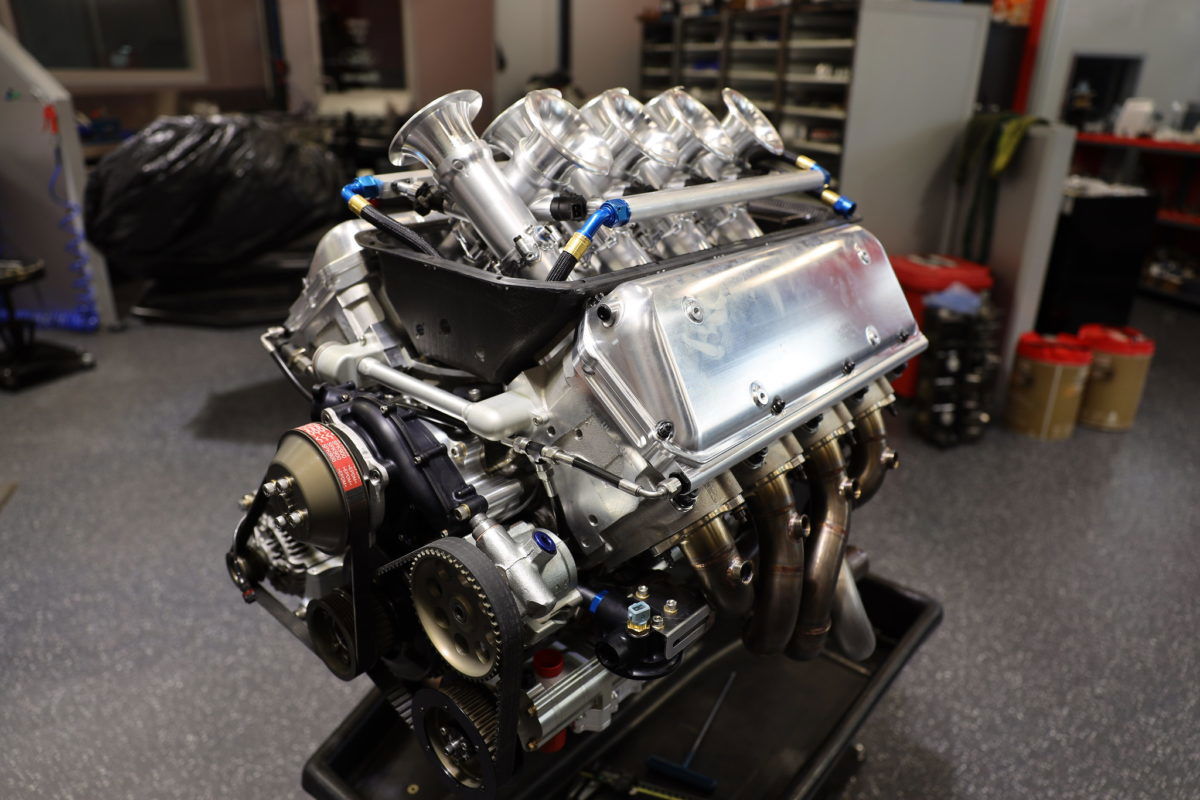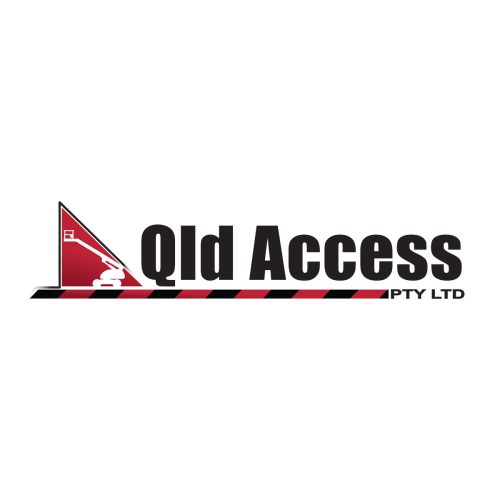

Supercars CEO Sean Seamer says the category can achieve parity between crate-based engines despite the possibility of differing capacities under Gen3.
The championship is set to adopt lower-cost crate-based engines when the new regulations come into effect next year.
So far, Supercars has confirmed the Ford Mustang and Chevrolet Camaro will be represented on the grid in 2022.
Speaking with select media, including Speedcafe.com, Seamer confirmed engine development is already well underway with engines already on dynamometers.
Plans are afoot to have the Mustang powered by a Ford Coyote engine with a Chevrolet LS or LT engine likely to fit the Camaro.
Despite the respective platforms having different displacements, Seamer said reaching parity between the engines is achievable.
“I had a meeting with the guys this morning [Friday] to go through some of the details,” said Seamer.
“There’s plenty of work to do, but the timeline is very achievable. Even this morning, talking to the engine builders, we haven’t landed on the final capacities.
“Our focus is entirely on paritising them. We know that it’s likely to have two engine architectures, one is going to be overhead cam and one is going to be push-rod.
“Our focus is on the parity, the outputs, what we’re trying, and working backwards from that. It’s way too early to make calls on final capacities at this stage.”
Seamer said he does not envisage the category moving towards an FIA GT3-style Balance of Performance parity set-up.
Rather, Supercars will continue with its current technical parity formula.
“We’ve already balanced quad cams with push-rods,” he added.
“We’ve managed the centre of gravity of engines in the category. We’ve got everything there. We want to make sure that it’s a technical parity.
“We don’t want to be doing BOP changes on the fly.”
As it stands, Supercars is still targeting a $350,000 complete package, including engine, for a Gen3 specification touring car.
Engines are expected to cost between $60,000 and $65,000 per unit.
It’s hoped the engines will output roughly 600hp (447kW) and go 10,000km between rebuilds.
The introduction of new engines will come at a cost, that being the current engine formula which will not be eligible.
Seamer said trying to achieve parity between the incumbent and new engines would be foolhardy.
“The current platform is too expensive,” he explained.
“By the time you try and detune what we’ve got, to suit Gen3, you’re just spending money on an expensive platform, which kind of goes against the whole point of the exercise.”
As for Gen3 on the whole, Seamer said it’s “full steam ahead” as the championship targets its first prototype being on track midway through 2021.
Seamer confirmed teams will not carry all of the cost burden associated with the transition to Gen3.
“There will always be risk to a project that scale. It’s not going to be easy, but we’ll get it done,” Seamer said when asked if Gen3 was still on target for a 2022 introduction.
“We spoke about it at length [on Thursday]. We, Supercars, the teams, everybody is going to be in an uncomfortable position to deliver the project, but that’s no different to any other change management. Comfort will peak and trough on the way through, but we’ll get it done.
“For the business, this is a significant exercise that we’re collectively embarking on. That’s the approach that we’re taking. It’s not all being dumped on the teams.”




















Discussion about this post